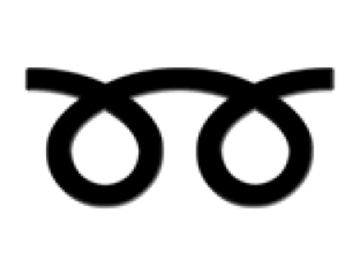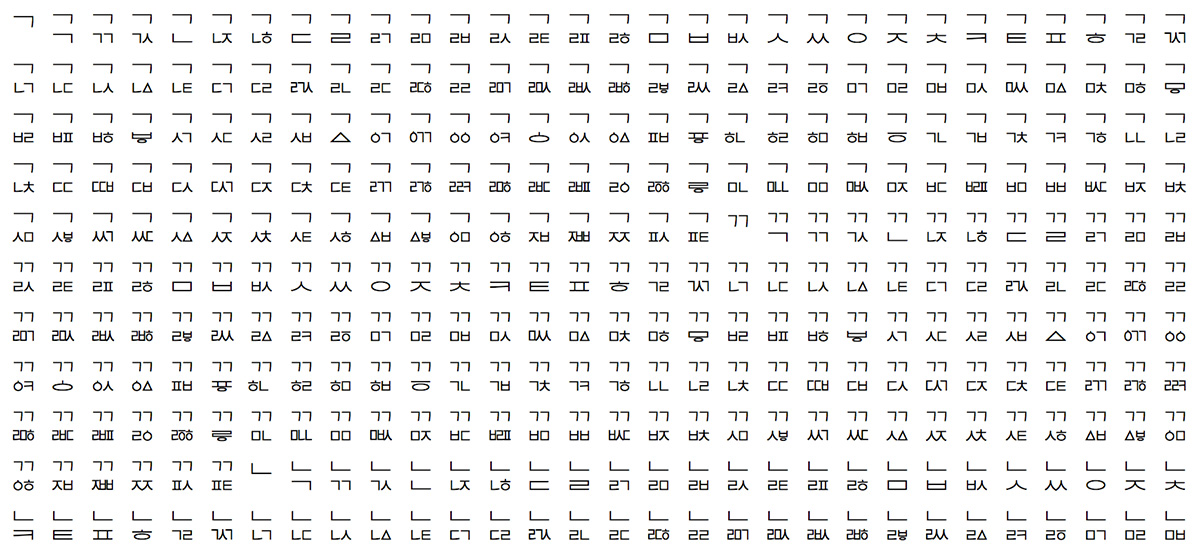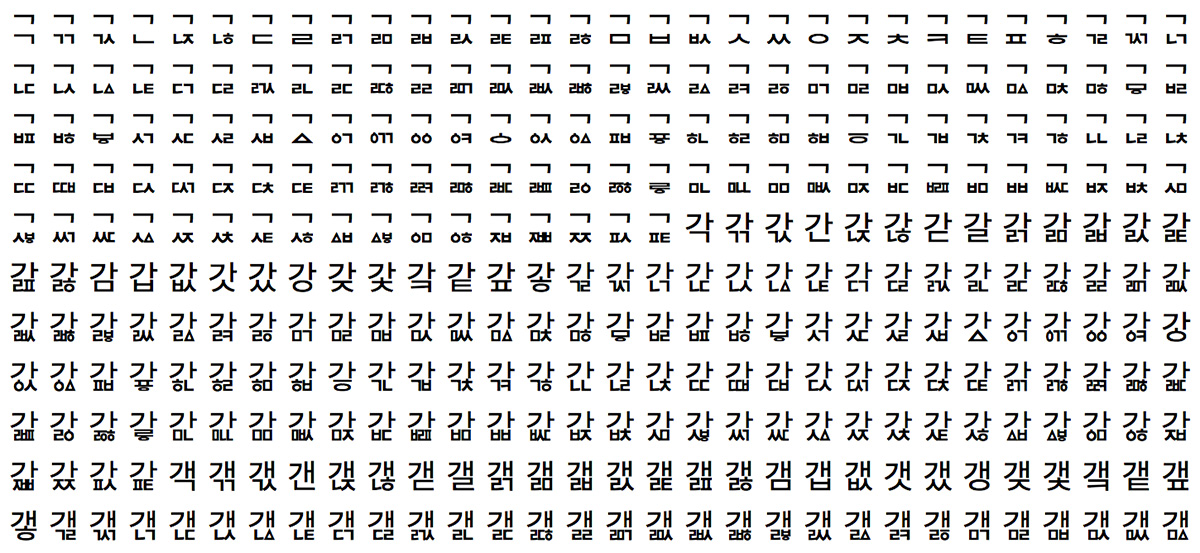
As recorded in The Adobe-Japan-6 Character Collection, it was released on 2004-03-05, and one of the glyphs that was added was CID+20958. According to the Adobe-Japan1-6 ordering file, its glyph name is freedial, and is assigned to the Dingbats FDArray element for the purpose of hinting. Of course, if you look for CID+20958 in Adobe Tech Note #5078, you can find it on the bottom of page 54, immediately to the right of CID+20957 that maps from U+26BD ⚽ SOCCER BALL, though it is blank. This is simply because Adobe does not have the rights to use NTT’s trademarked FreeDial mark. CID+20958 was included in Adobe-Japan1-6 for the benefit of font developers who do have the rights to use this mark, and can thus include the glyph in their fonts.
Continue reading…











